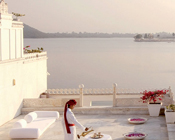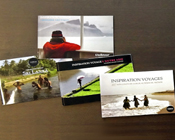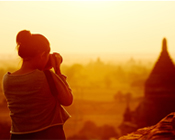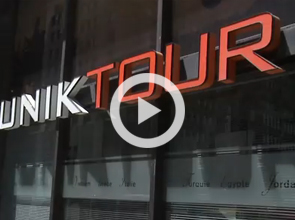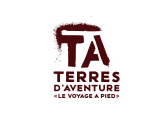Population & Culture
Hungary maintains a very strong Turkish influence because of 150 years of invasions in the 16th and 17th centuries. This influence is mainly obvious according to the large number of spas in this country. Archetypal relaxation spots, one can enjoy water heated to about 30 degrees even in winter or under a starry sky. The swimming pools offer not only massage water jets, but also hot tubs as well as the opportunity to indulge in the pleasure of chess playing on a tablet erected at the surface of the water. Anyone who visits the Hungarian absolutely must spend a delightful time in one of those special places.
Fervent admirers of their own musical culture, the Hungarian cultivate this taste by organizing various festivals, such as the Folk Music and Dance Festival of Sopron in June and July and the Festival of Folk Art in Nagykallo in August. Let's also mention the summer festival on the island of Obuda in downtown Budapest and the Jazz Days in Debrecen in September. The Hungarians also have a taste for partying, which is clearly reflected in folk dances strongly influenced by the gypsy themes. In February, at Mohazi, Hungarians go out and play and dance in the street during Mardi Gras (Busójárás). Exuberant and colourful event, it is an undeniable proof that Hungarians have a know-how when it comes to enjoy the pleasures that life offers. In addition, local often hang out to the famous cafes that are found everywhere to chill and talk for hours.
In architecture, influences from Romanesque, Gothic, Baroque and Secessionist Art Nouveau blend into each other especially in the capital Budapest, which was modernized in the nineteenth century. But throughout the country, palaces, churches, monasteries and other buildings testify clearly marked sophistication and identity, making Hungarian cities among the most beautiful of the continent.
Finally, the craft traditions are an integral part of Hungarian culture which has become known worldwide. Among them, mention may be made of Halas lace, tablecloths and embroidered garments of Kalocsa, the famous embroidered and hand-sewn Szedeg slippers, remnants of the Turkish occupation. Note also Herend chinas, the Tokaj wine, Unicum liquor, paprika from Szeged and Kolocsa, horse parades of the Puszta and finally the magnificent murals on ceilings with floral motifs in the region of Kalocsa.

 1 (866) 722-0909
1 (866) 722-0909
 QUOTE REQUEST
QUOTE REQUEST 




